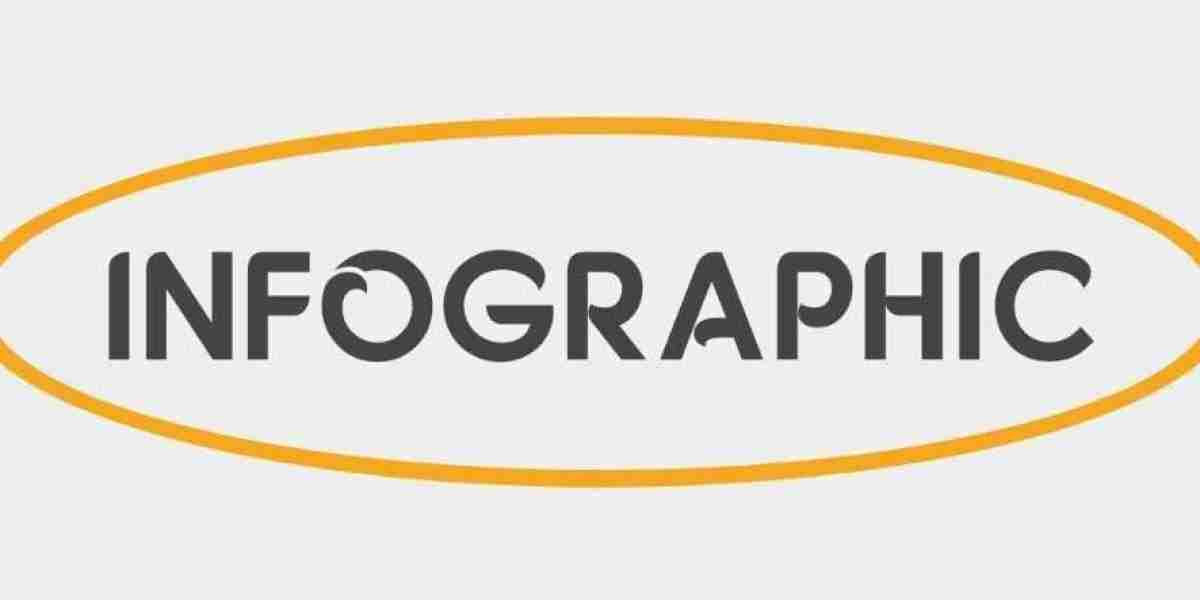1. IET On-Site Guide
This is arguably the most important supplementary document. While BS 7671 provides the full legal text, the On-Site Guide offers quick-reference tables, simplified diagrams, and clear, concise guidance specifically tailored for quick decision-making in domestic and small commercial installations.
Why You Need It: It contains readily accessible maximum $Z_s$ values, smaller cable sizing tables (without complex correction factors), and pre-calculated information that saves time on site. It distills complex regulations into actionable, easy-to-read steps, serving as the electrician’s most trusted pocket manual.
UK electrical regulations book PDF
2. IET Guidance Note 3: Inspection & Testing
If you are signing off Electrical Installation Certificates (EICs) or Electrical Installation Condition Reports (EICRs), this book is non-negotiable. It is the definitive guide to fulfilling the Part 6 requirements of BS 7671.
Why You Need It: It provides detailed, step-by-step procedures for every test, including insulation resistance, polarity, and $Z_s$ measurement. Crucially, it clarifies the process of deriving fault codes (C1, C2, C3, and FI) for EICRs, ensuring you maintain a consistent and legally defensible inspection standard.
3. IET Guidance Note 1: Selection & Erection
This guide digs deep into the practical selection and installation of equipment, covering complex topics that are often summarized too briefly in the main regulations.
Why You Need It: It offers extensive guidance on crucial installation topics like voltage drop calculations, the application of Correction Factors (the $C_a, C_g,$ etc. used for current-carrying capacity), and the safe methods for segregation and containment. It helps ensure your components are installed not just safely, but also efficiently and robustly.
4. Electrician’s Guide to the Building Regulations (IET)
As an electrician, you must comply with UK law beyond just BS 7671, primarily the Building Regulations. This book extracts and interprets the specific parts of the Building Regulations that affect electrical work.
Why You Need It: It provides clarity on requirements such as Part P (Electrical Safety), Part B (Fire Safety), Part F (Ventilation), and the specific rules governing work in dwellings, like requirements for smoke alarms and other fixed safety systems. It ensures your installation is legal under the wider construction law framework.
5. Practical Guide to the Wiring Regulations (City & Guilds/Various Authors)
Often published in conjunction with City & Guilds or leading trade bodies, this type of book is a teaching tool designed to simplify the application of the regulations, particularly for apprentices or those newly qualified.
Why You Need It: It takes a common-sense, hands-on approach. It uses worked examples, practice questions, and real-world scenarios to explain concepts like discrimination and bonding that might be dense or abstract in the official IET guides. It serves as an excellent resource for revision and daily technical problem-solving.





